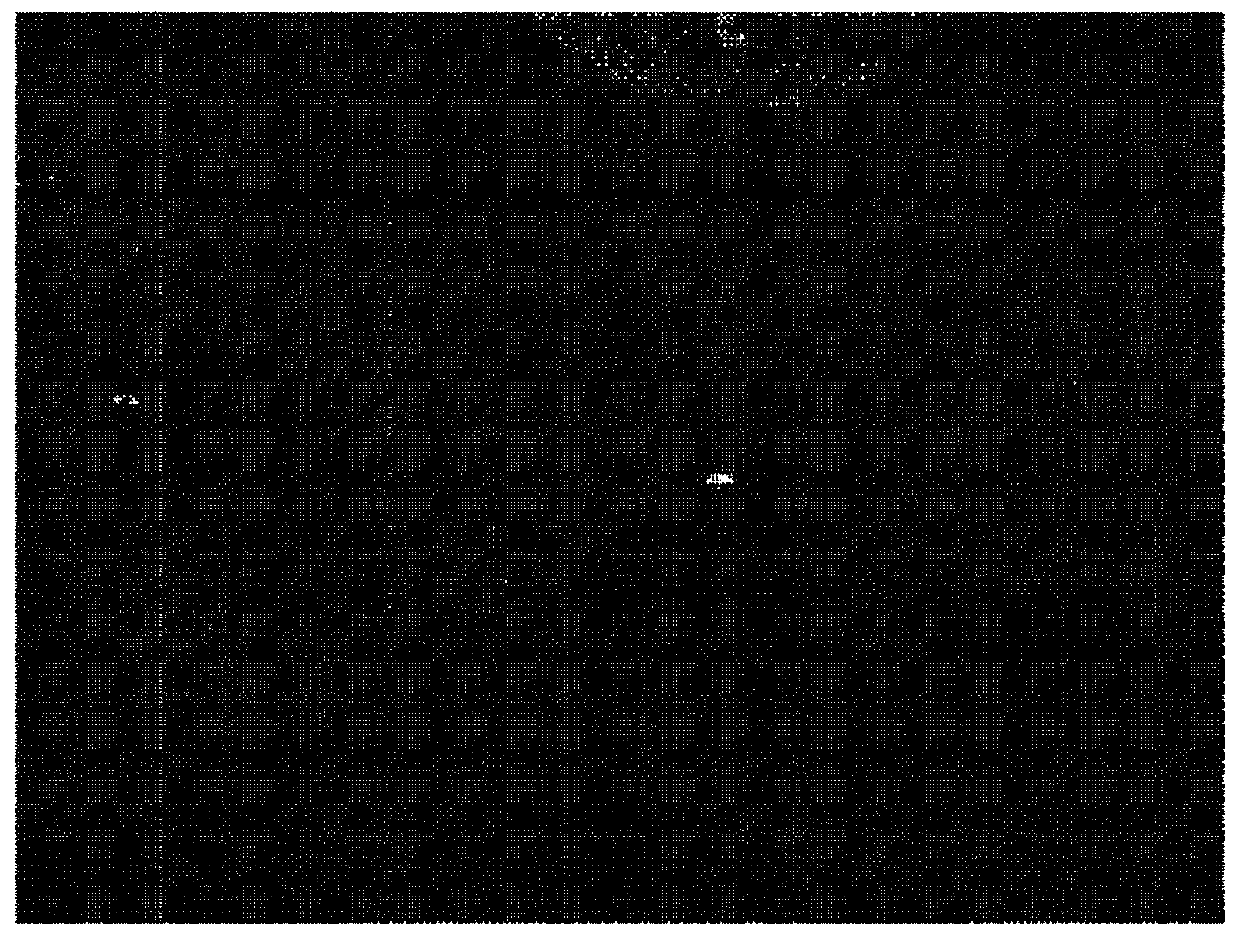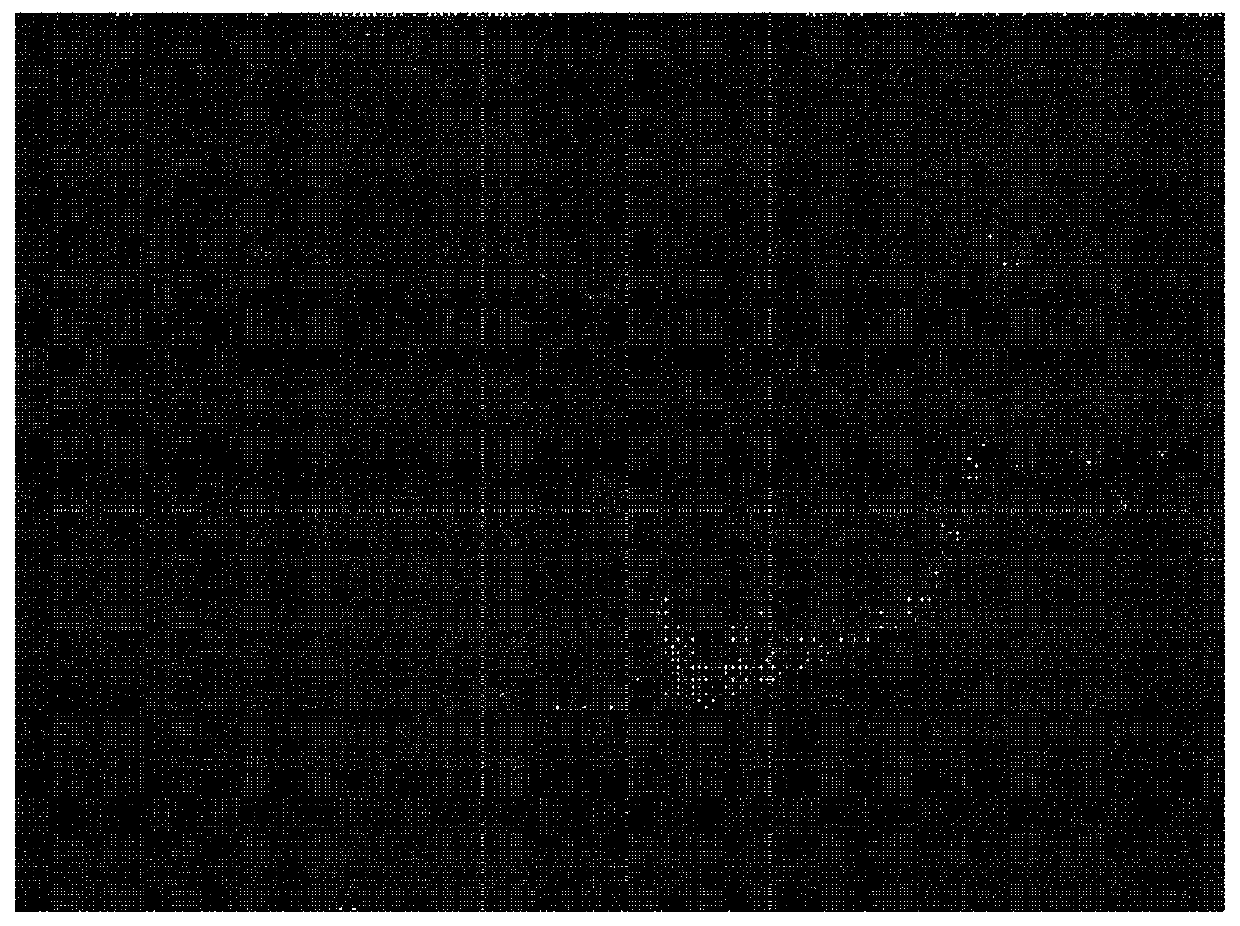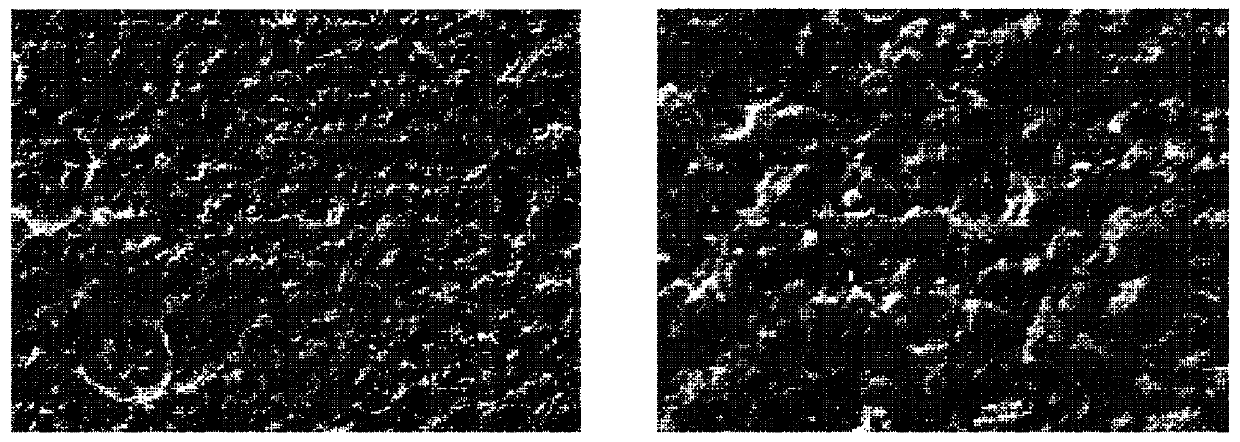Glass etching composition, and method for manufacturing Anti-glare glass
A composition and glass technology, applied in the direction of surface etching compositions, chemical instruments and methods, etc., can solve the problems of environmental and safety disputes, reduction of uniformity of anti-glare quality, reduction of strength, etc.
- Summary
- Abstract
- Description
- Claims
- Application Information
AI Technical Summary
Problems solved by technology
Method used
Image
Examples
Embodiment Construction
[0015] Preferred embodiments of the present invention will be described in detail below with reference to the accompanying drawings.
[0016] In the present invention, a novel etching composition is provided in order to exhibit anti-glare properties on a glass surface.
[0017] The etching composition of the present invention adds the syrup (glucose (glucose), maltose (maltose), dextrin (dextrin) or a mixture of at least two of these obtained by hydrolyzing starch to the basic etching solution containing hydrofluoric acid. ) and manufacture. Using the etching composition of the present invention, a pebble-like smooth concave-convex structure can be formed on the glass surface.
[0018] The basic etchant can be composed of known components. For example, hydrofluoric acid (HF), ammonium fluoride (NH 4 FHF) and water (H 2 O). In addition, the constituent components of the basic etching solution may be included in known composition ratios, or may be included in composition ra...
PUM
| Property | Measurement | Unit |
|---|---|---|
| height | aaaaa | aaaaa |
| surface roughness | aaaaa | aaaaa |
| haze | aaaaa | aaaaa |
Abstract
Description
Claims
Application Information
 Login to View More
Login to View More - R&D
- Intellectual Property
- Life Sciences
- Materials
- Tech Scout
- Unparalleled Data Quality
- Higher Quality Content
- 60% Fewer Hallucinations
Browse by: Latest US Patents, China's latest patents, Technical Efficacy Thesaurus, Application Domain, Technology Topic, Popular Technical Reports.
© 2025 PatSnap. All rights reserved.Legal|Privacy policy|Modern Slavery Act Transparency Statement|Sitemap|About US| Contact US: help@patsnap.com



